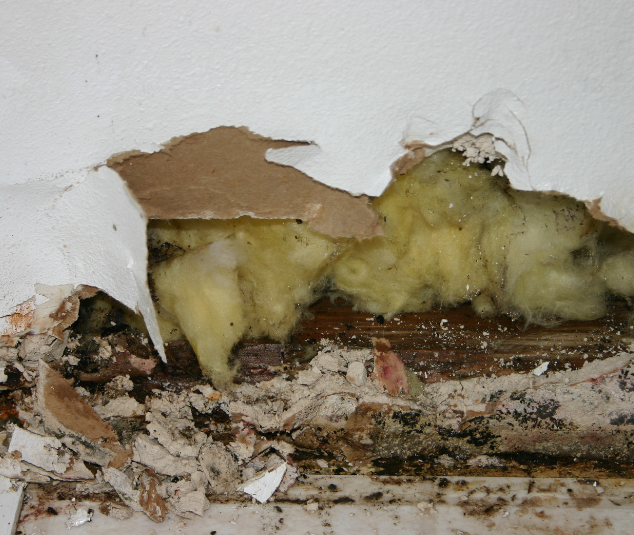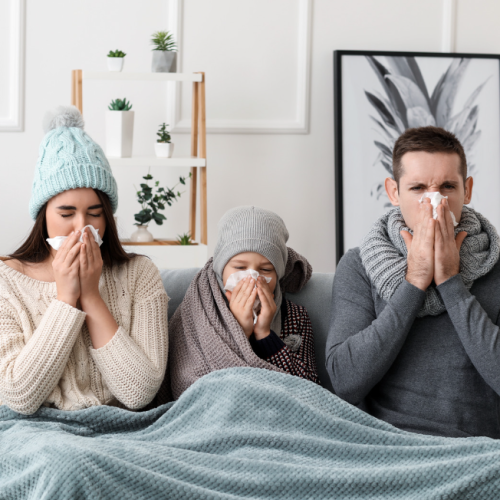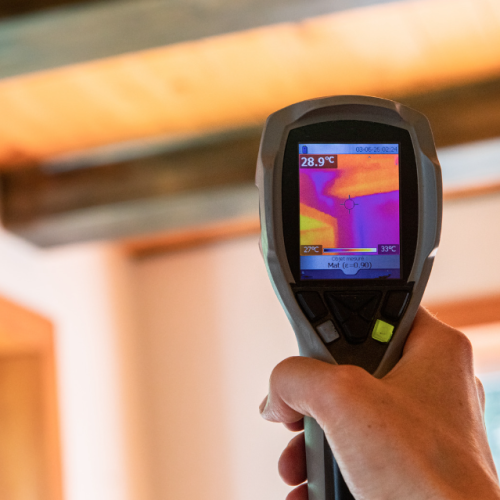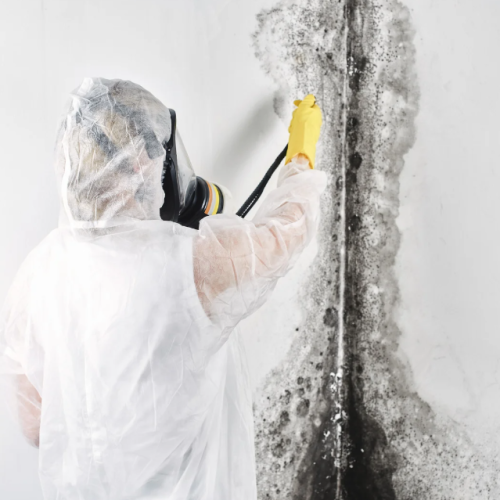Mold Illness is primarily caused by exposure to molds commonly found in damp or water-damage environments. Mold spores thrive in moist conditions, making homes and buildings with water leaks, poor ventilation, or high humidity particularly susceptible. The most common molds associated with health problems include Aspergillus, Penicilium, and Stachybotrys (black mold)
Mycotoxins produced by these molds can become airborne and easily inhaled, leading to a range of health issues. People with compromised immune systems, allergies, asthma, or other respiratory conditions are especially vulnerable to mold illness.

The symptoms of mold illness can vary widely depending on the level of exposure and an individual’s sensitivity. Common symptoms include:
In severe cases, prolonged exposure to toxic mold can lead to more serious conditions such as chronic inflammatory response syndrome (CIRS) or severe respiratory infections.

Mold can be a silent invader, thriving in hidden, damp areas and potentially causing significant health issues and structural damage if left unchecked. Knowing when to get a mold inspection is crucial for maintaining a healthy living environment. Here are some key indicators and considerations that suggest it’s time to call in a professional mold inspector.
Timely Mold Inspections can prevent minor issues from becoming major problems, safeguarding your health and home. If you notice any signs of mold, experience unexplained health symptoms, or have had recent water damage, it’s prudent to schedule a professional mold inspection. Proactive measures can ensure a safe, healthy living environment for you and your family.

When you decide to get a mold inspection, it’s important to choose a qualified professional. Rest assured that by choosing us you will get a thorough inspection that will include:
Visual Inspection, Moisture Meters, Air Sampling, Surface Sampling and Detailed Report with Remediation Recommendations. We are fully licensed and insured.
